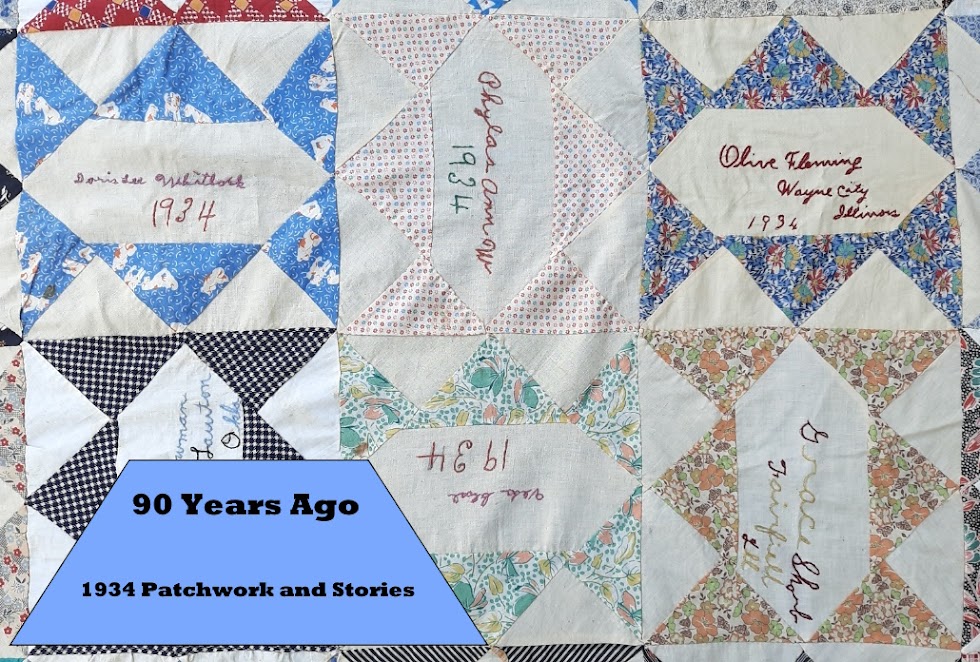The Work Table - Patchwork
Many improvements may be made in the old style of patchwork that we have been accustomed to see, and, in anticipation of some improvement in the designs at present used, we venture to intrude a few remarks, trusting that our “Family Friends” will not take them amiss.
The materials necessary for patchwork are such portions of wearing apparel, whether of cloth, calico, linen, Holland, silk, velvet, cotton prints, &c., as would otherwise be thrown away, or saved for the rag-man. The next necessary article is some stiff paper, to form the shapes; and lastly, the design-shapes, cut out in tin, and the designs themselves. The materials should be arranged into shade and qualities. After having been cut to the requisite sizes, and the irregularities of the edges neatly remedied, they are ready for use.
The patterns may be varied ad infinitum, if the person possess the least talent for drawing and designing; but, for the sake of those who may not be thus gifted, we submit the accompanying simple and effective design, to be executed in any of the materials.
To make the Patchwork.- The pattern should be placed before the person, and, the shades being selected, the several pieces arranged so as to form the design, and the edges then neatly sewn together; after which, they are either pressed or ironed, the papers removed, and the lining proceeded with.
When silks and velvets are employed, it improves the effect to combine the two, taking the silk for the lighter, and the velvet for the darker shades; or, as in figs. 5, 6, 8, and 11, to have silk for the lighter shades, and two velvets for the others, shaded to pattern.
A very pretty effect is produced by combining Holland and calico, silk and satin, silk or satin and velvet, and rough and fine cloth.
The various articles that may be manufactured, are quilts in colored and white calico; anti-mecassars in silks; ottomans in silks and velvets, or in silks and cloth; cushions for chairs or sofas, in silks; and mats, rugs, and carpets, in cloth.
We have seen many useful white quilts for children’s cots made from the cuttings remaining after shirt-making. The centre might be of Holland and calico, pattern 10, fig. 5, and the fig. 7, with a fringe border, knitted. Numerous rugs might be made in colored cloths to look equal to carpets, and wear much better.


No comments:
Post a Comment
I love your comments and am always happy to respond. If you want an answer, check that your profile settings include 'show my email address'; otherwise I can't send you a message.